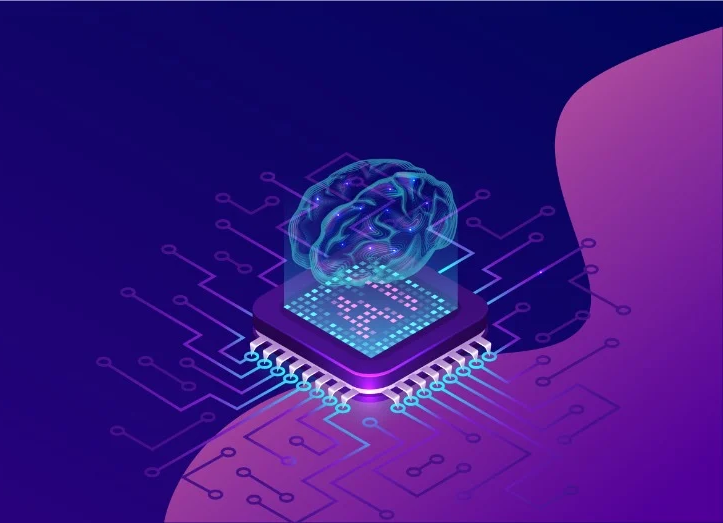
Parallel Computing: What is it and How to Implement It?
Did you know that you make use of parallel computing each and every day? That’s right — even if you have absolutely nothing to do with the world of engineering or computer science, you are, in some way, taking advantage of this highly technical concept for personal or professional use all the time. And thanks to parallel computing, our lives are much easier, and our tasks are made that much more efficient. In fact, you may be leveraging the concept right now, without even knowing it!
But what, exactly, is parallel computing? And why is it so necessary in today’s world? Let’s take a closer look at the concept and why it matters.
What is parallel computing?
In its simplest terms, parallel computing means that you are executing multiple processes and operations at the same time. Several tasks are carried out simultaneously, rather than in a sequence. Also known as parallel processing, the concept involves a number of processors breaking down more complex issues into smaller components. These components communicate with one another and allow the system to multi-task, in essence.
Parallel programming must be established and executed by the developer, who needs to identify the potential for parallelism within the system. This is called concurrency, and it indicates that the system is or can be made capable of carrying out multiple operations at the same time.
Why does it matter?
Parallel applications and programs are able to solve problems and process information much more quickly than the more traditional systems — serial computing in particular — were. Previously, systems had to carry out tasks sequentially, one step at a time, which was tedious, inefficient, and enormously time-consuming. But parallel computing systems make it possible to complete processes and solve problems much more quickly and efficiently, all at the same time.
Additionally, parallel processing systems save you money. The process involves utilizing and leveraging resources more efficiently, and when this is applied to wide-reaching systems, the cost savings become meaningful. You are also able to use remote resources.
That said, parallel computing cannot be applied to every single context.
Types of parallel computing
Parallel computing is typically classified among three distinct types: bit-level, instruction-level, and task. Sometimes, there are additional classifications, such as super word and data-level. We will go into greater detail about the three most common types.
1. Bit-level parallelism
Bit-level parallelism refers to a type of parallel computing that depends on reducing the quantity or size of the instructions that the processor depends on to carry out particular tasks. This applies when the processor is working with large amounts of data.
2. Instruction-level parallelism
In this type of parallel computing, the processor determines how to order and run instructions in a parallel sequence. It also decides how many instructions to process and carry out at the same time. In instruction-level parallelism, which functions on static parallelism, the compiler can only address less than one instruction, so it is important to be able to group the instructions and run them simultaneously without altering the results.
3. Task parallelism
This form of parallel computing means that the tasks are broken down into smaller tasks — or subtasks — and then allocated to multiple processors, which execute those components at the same time, using the same information source.
Parallel computing examples
Parallel computing is always part of our daily lives. The concept has been around for decades, although it has become more and more common and applicable to the current, increasingly digital world. You will find it everywhere, from when you’re checking the weather or traffic conditions to doing your work.
To better understand the concept, consider the non-technological activities you do at the same time every day. At the grocery store, for example, there are several checkout lines and even self-service checkout counters, which accommodate multiple customers at once. If there were just one long line, on the other hand, paying for groceries would be exhausting and time-consuming for everyone, including customers and employees.
In the morning, while you’re getting ready for work, perhaps you run the coffee maker while you’re making your lunch. This, too, is a form of parallelism — you are doing two tasks at once in order to save time, rather than waiting for your coffee to finish brewing before tackling your lunch, because that would be inefficient.
Now that you understand how the concept of parallelism appears everywhere, not just in technology, it’s time to look more closely at its application to computing. What are some examples of parallel computing?
Smartphones
Think back to the smartphones of the early days, more than 10 years ago. Do you remember how slow your iPhone 4 was? How you had to wait forever to load an app? Today, depending on your connection, this happens pretty much instantaneously, especially when you compare it to the “good old days” — way back in 2010.
This is because the smartphones of yesterday depend on serial computing, while those of today leverage parallel computing. Tasks are carried out simultaneously — and therefore much more quickly.
Laptops
Now, consider your laptop computer. Again, your laptop of days gone by might have been painfully slow — practically a turtle compared with your computer today. But today, we have much speedier devices, partly thanks to parallel computing. Because of the modern Intel Core processors that are the force behind many of the computers we use in the current world, processes are carried out simultaneously, making them that much quicker and more efficient.
The Internet of Things (IoT)
The IoT is a wide-reaching network that makes our modern lives more comfortable. Consider, for example, all of your smart devices, from light switches and slow cookers to thermostats and doorbells to voice assistants to vehicles. These are all part of the IoT. Via the networks, devices communicate with one another and carry out responsibilities without humans having to intervene in person.
And what does the IoT depend on? You guessed it: parallel computing. There are enormous amounts of data being generated through this network, and it is processed at record speed, all thanks to this concept.
And the rest…
These are only a few of the many examples of parallel computing that we see in the real world each and every day. Additional common applications include:
• Augmented reality
• Blockchain
• Data mining
• Multithreading
• Supercomputers
The future of parallel computing
What’s next for parallel computing? It is clear, by now, that this concept is gaining traction, steadily replacing serial computing thanks to its efficiency and overwhelming success. While the world is continuing to make a transition, many of the most popular tech companies and operating system distributors are embracing the concept.
We are well on our way to seeing a future where parallel computing means a faster, more efficient, technologically connected world — where tasks can be carried out simultaneously at record speed. At Nearsure, our developers leverage tools and innovative technologies like parallel computing every day. As more and more programs and systems adopt this approach to executing operations, our lives will be made much easier, too.




